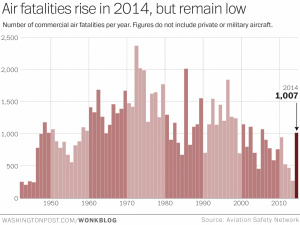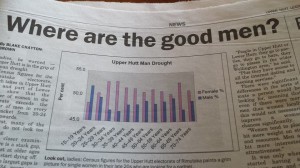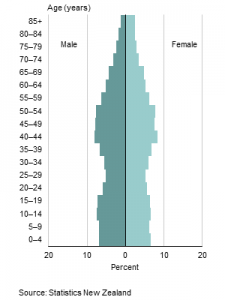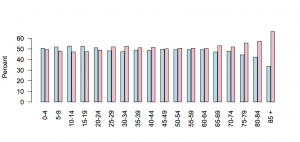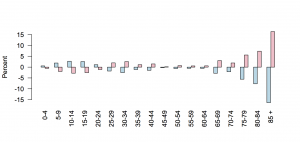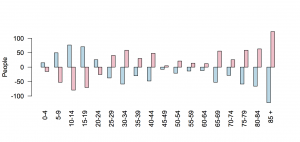Duck! Here comes another year.
This year the visits to StatsChat have been about 1/3 for rugby prediction, about 1/3 for other posts, and about 1/3 for the home page. We had a slight increase in page views over last year.
Some specific things I’d like to highlight:
- The first week of Currie Cup predictions was one of the most popular posts, and judging from the time of day there were also a lot of South African readers of the Super 15 prediction posts. Haere mai. Welcome. Welkom. Siya namkela nonke. Ngiyanemukela.
- One of the top non-rugby posts was based on a Herald story about Len Brown with an almost incomprehensibly inaccurate result from a real survey. Hat tip to Lennart Nout.
- Three of our posts on the lottery keep being popular, but I suspect it’s because people think we’ll help them beat the Optional Stopping Theorem.
- Some people have footnotes. I have Wikipedia links. This year the pages I’ve sent reasonable numbers of people to include: the Optional Stopping Theorem, list of IARC Group I carcinogens, the endowment effect, Betteridge’s Law, British Chiropractic Association vs Simon Singh, and Radio Yerevan jokes
- Our top referrers (apart from Twitter and Facebook) include Kiwiblog, Simply Statistics, Reddit, Andrew Gelman, and Lindsay Mitchell. I was glad to see Public Address moving up the list this year.
- If you want my Q&A dialogues, you can get them all with this search
